The hidden mystery behind Mahasthangarh
Hello every one today i'm going to share about historic heritage in our motherland...
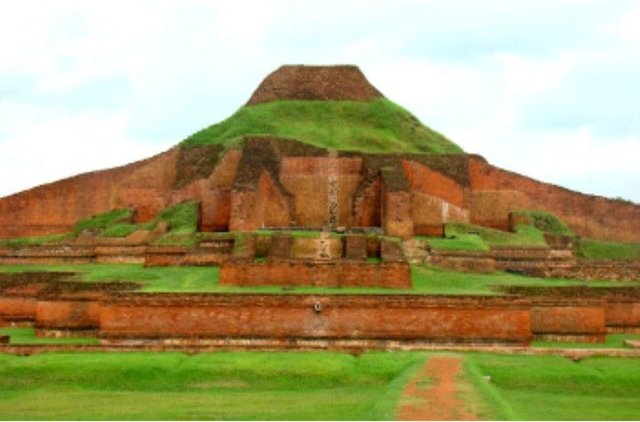
God's Stone Vita is a hill or mound located in Mahasthangarh (Pundranagar) of Bogra district. The local people have made odd names in the mound from a threshold (2.84 m × 0.71 m × 0.74 m) of granite stone on the surface of the mound. In this huge thicket, there are two holes in the center of the door, the furrows on top and the flower design of the flower. Local Hindus and Muslims here devote their devotion to the threshold in the nude legs and still do.
In the 1970's, a mound (46.94 m × 40.84 m × 2.44 m) excavated a temple and found some small antiquities. The temple is a rectangular Buddhist temple on the east side. It includes stone-paved floor and foundation-wall. The walls placed on the ground were made of clay brick bricks. The rostrum on the doorpiece, the sardar and the ornamental part of the door was probably made of stone. There are three Buddhist statues sitting in the same row in the design of flowers (69m × 20cm × 18cm) in one of the engraved stone blocks found in excavation.
Presently it is preserved at the Varendra Research Museum at Rajshahi. Apart from the huge threshold, the remains of the structures of the site are still buried under the ground. There are numerous bricks and pieces of stone spread around the site and its surroundings. The ruins of the mound have been identified as the beginning of the Pala period
Bangladesh is an ancient landmark. It has historic and archaeological heritage. From the past, Bangladesh was known all over the world. Different levels of culture and heritage of this country are combined with the efforts of local and foreign populations, successors and rulers. Among the ancient rulers of Bengal were kings of Gupta, Pala and Sen. They exhibit Buddhist and Hindu religious civilization and culture in their architectural sculptures, sculptures and cultures. Many such tourists came out of the country attracting the attention of these architectural and sculptures. Ancient and medieval architectural sculptures are the main sources of our country's archaeological origin.
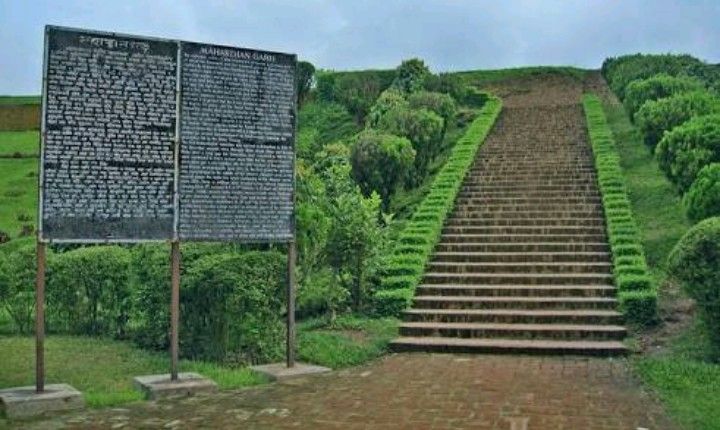
Purakirti-Mahasthangarh:
Mahasthangarh is located 8 miles north of Bogra district on the Bogra-Dinajpur highway. The meaning of the word "mahasthan" is a famous place. It is known to mean the meaning of the headquarters of the mahasthanadhapat or provincial governor. The location of the Durga Nagar on the banks of the famous Karatoya period. From the plain land the height of the city is not more than 15 to 35 feet. Although the fort was made of mats, there were many structures built of brick. Mahasthangarh is 5000 feet long north-south and about 4500 feet wide in the east-west. Surrounded with clay and brick walls. The upper part of the wall is still quite wide. In ancient times, there were many homes and palaces all around the area, and their existence is nowhere to be found.
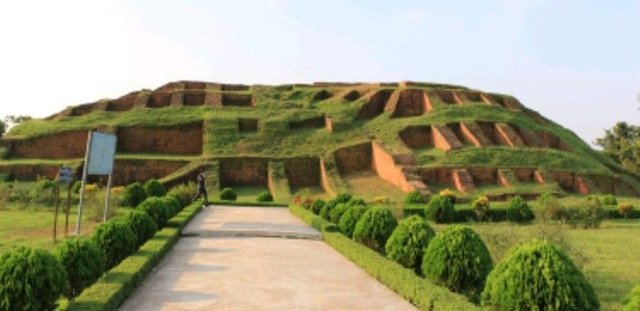
History of Mahasthangarh:
In ancient times, the entire part of North Bengal was called "Pundravardhana". The boundary of this state was extended to North Jalpaiguri, Koch Bihar and Padma rivers. The complete history of Mahasthangarh could not be ascertained yet. There were more than one dynasty ruled by the state. However, this is the most notable mention of this average as the Lilabhumi of the Buddhist civilization.
It is known in history that in the seventh century, King Shashanka occupied the kingdom of Pundratrabya and ruled it. It was its provincial capital. Hazrat Shah Sultan Ibrahim Balkhi Mahisvan (R) arrived in Mahasthangarh in the eleventh century (440 AD) to spread the religion of Islam. He passed away in 447 AD. Many people accepted Islam for the benefit of Mahiswawas.
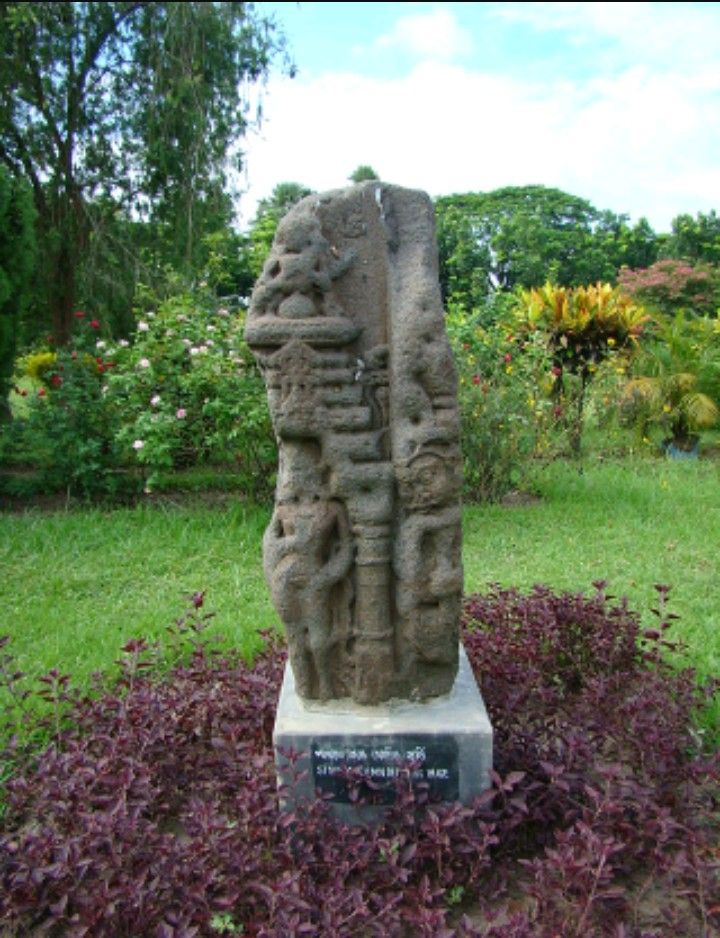
God's Stone Vita:
God's stone Vita is a hill or mound located in Mahasthangarh (Pundranagar) of Bogra district. The local people have made odd names in the mound from a threshold (2.84 m × 0.71 m × 0.74 m) of granite stone on the surface of the mound. In this huge thicket, there are two holes in the center of the door, the furrows on top and the flower design of the flower. Local Hindus and Muslims here devote their devotion to the threshold in the nude legs and still do.
In the 1970's, a mound (46.94 m × 40.84 m × 2.44 m) excavated a temple and found some small antiquities. The temple is a rectangular Buddhist temple on the east side. It includes stone-paved floor and foundation-wall. The walls placed on the ground were made of clay brick bricks. The rostrum on the doorpiece, the sardar and the ornamental part of the door was probably made of stone. There are three Buddhist statues sitting in the same row in the design of flowers (69m × 20cm × 18cm) in one of the engraved stone blocks found in excavation.
Presently it is preserved at the Varendra Research Museum at Rajshahi. Apart from the huge threshold, the remains of the structures of the site are still buried under the ground. There are numerous bricks and pieces of stone spread around the site and its surroundings. The ruins of the mound have been identified as the beginning of the Pala period
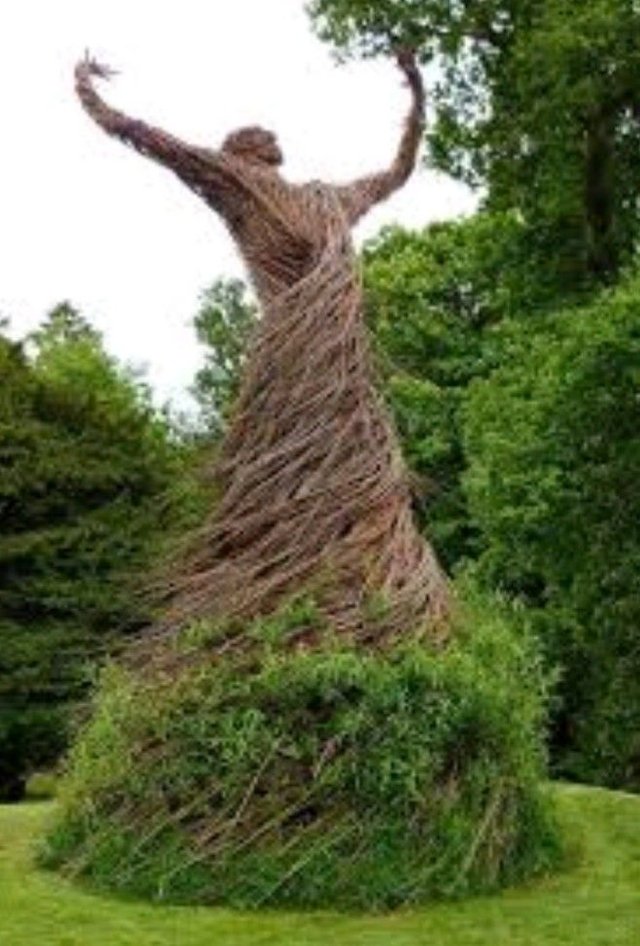
Paharpur Buddhist Vihara:
The most prominent tract of the Indian subcontinent is the Somapura or Paharpur Bihar. Located in Naogaon district of Rajshahi, this monastery is an interesting example of Buddhist and Hindu culture of Bangladesh. The ruins of Sompur, about 3 miles west of Mahasthangarh, Bogra and 3 miles west of Jamalganj Railway Station. Its current name is Paharpur. It is estimated that, in the eighth century AD, in the beginning of the Pala kingdom, Maharaja Dharmapala was in Somapura Bihar in Paharpur to set up a huge and high-rise temple
Built them.
When the excavation work was completed in 1923, the original temple and 189 kadts were exposed from the debris, out of which 98 have a high altar for worship. On the stone wall of Katturi stone, there are 63 statues of Hindu and Buddhist gods and goddesses carved on them. The stereotypes of statues are unique, which are unparalleled in the whole of eastern India. The evolution of the pala era's wonderful sculpture industry is evident in these.
Sompur Vihar is about 922 feet north-south and 919 feet east-west. There are 177 residential rooms, entrances, and many small ponds and temples all around. The temple situated in the tallest Tibira in Bihar is 356 feet 6 inches in the north-south and 314 feet 3 inches east to west.
It is known from the Tibetan literature that from the 9th to the 12th century, this Sompur Bihar was a prominent pilgrim center of the Tibetan people. It is known from the Tibetan life of Dishonor Dipankar Atish, that he lived in Bihor Sompur Bihar. His Guru Ratnakar Shanti was the Mahasthabir of this monastery.
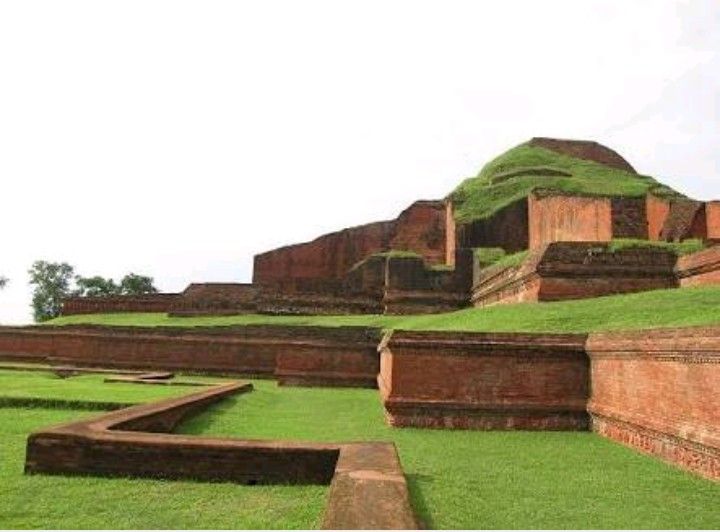
Archaeological heritage of Bangladesh is an invaluable resource. Though the antiquities are lying silent and dead, they include silent junk in many life spots. These are the unmatched witness of history. Therefore, the importance of preserving and promoting all of this is a special need for the upholding of our national heritage and pride.
Follow me as @ajrazabin
JOIN OUR DISCORD CHANNEL BY CLICKING ON LOGO 
JOIN 

Very well content. Last year i visted mahasthangor, really a beautifull & historical place it is.
I'm an Indian, I would like to visit Bangladesh once
Oh dear its a wonderfull place..i was visited this place..this outside and natural view awsome..
Thanks for sharing..
Keep it up.